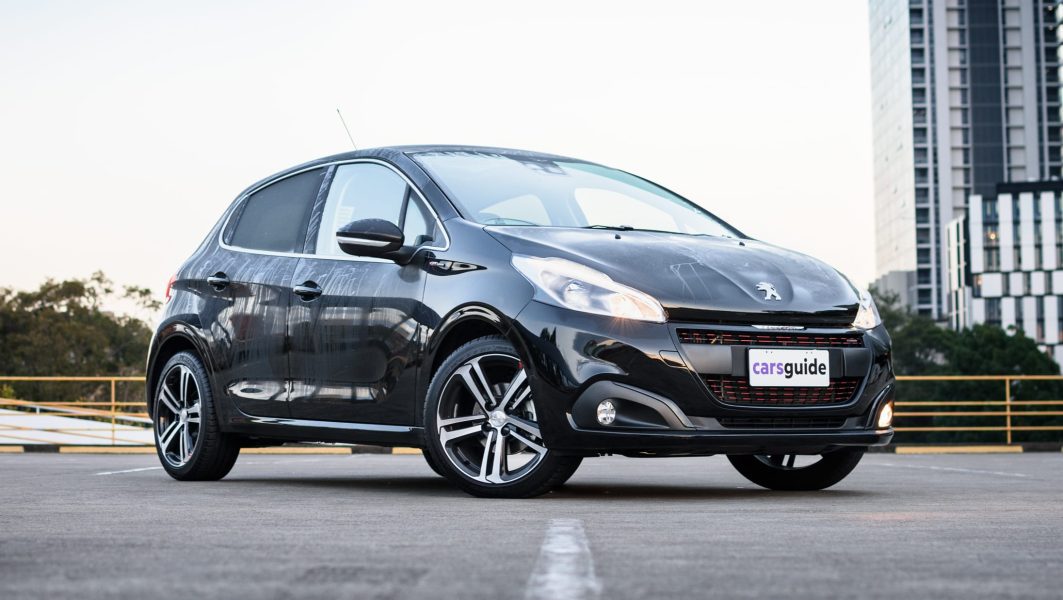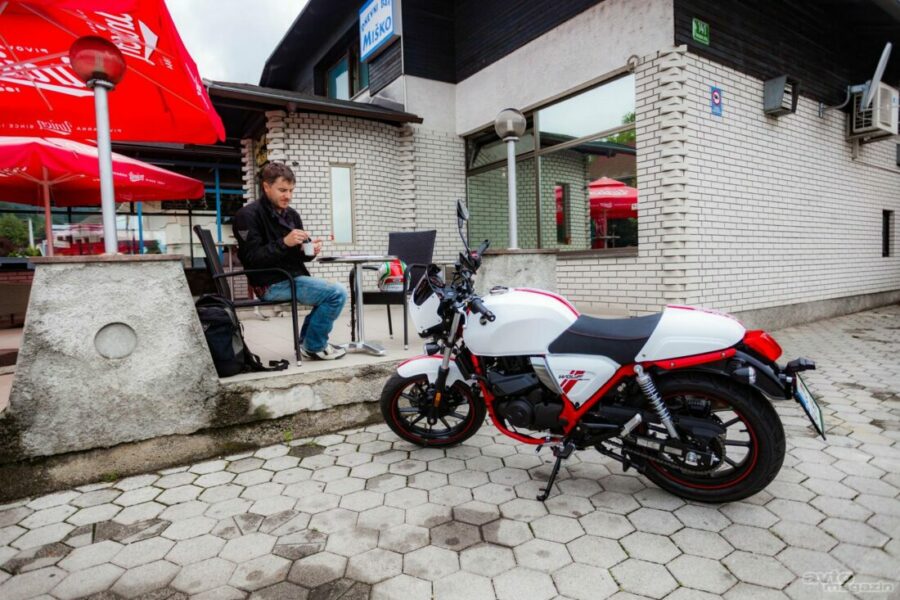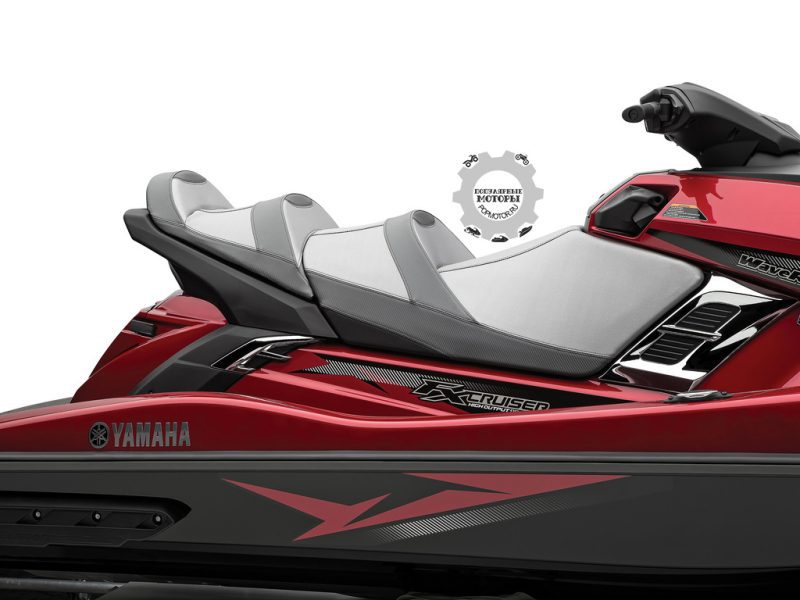
Review of the Peugeot 208 2019: GT-Line
Content
- Is there anything interesting about its design? 7/10
- How practical is the interior space? 7/10
- Does it represent good value for money? What functions does it have? 6/10
- What are the main characteristics of the engine and transmission? 8/10
- How much fuel does it consume? 7/10
- What is it like to drive? 8/10
- What safety equipment is installed? What is the safety rating? 7/10
- How much does it cost to own? What kind of guarantee is provided? 7/10
- Verdict
- Have you ever owned a Peugeot? Share your story in the comments below.
In a world of cheap, popular, and well-designed small Japanese and Korean hatchbacks, it's easy to forget the humble French cars that once defined the segment.
However, they are still around. You've probably seen a few Renault Clios, you may not have seen the tragically underrated new Citroen C3, and chances are you've at least seen one of them - the Peugeot 208.
This iteration of the 208 has been around in one form or another since 2012.
This iteration of the 208 has been around in some form since 2012 and is due to be replaced by a second generation model in the near future.
So, is the aging 208 worth considering in a busy market segment? I spent a week driving my second GT-Line to find out.
| Peugeot 208 2019: GT-Line | |
|---|---|
| Safety Rating | |
| engine's type | 1.2 L turbo |
| fuel type | Premium unleaded gasoline |
| Fuel efficiency | 4.5l / 100km |
| Landing | 5 Places |
| Price from | $16,200 |
Is there anything interesting about its design? 7/10
Maybe not for you, but I came up with the design of the 208 by the time I returned the keys. It's a bit more straightforward and unassuming than the sleek, conservative design of the Volkswagen Polo or the sharp, cutting-edge lines of the Mazda2.
The 208 has a sloping hood, a custom face and strong rear wheel arches.
It's undeniably a European city car with its short and upright seating position, but it blazes its own trail even when compared to its French rivals. I really liked its odd sloping hood, off-the-wall face, and stiff rear wheel arches. The way the taillights wrap around the rear to unify the design is quite satisfying, as are the brushed aluminum alloys, recessed lights and a single chrome exhaust.
Taillight clusters zip up the back end, unifying the design.
It could be argued that this is a path already traveled, and this 208 reflects the design elements of the 207 that preceded it, but I would argue that it retains its significance even in 2019. If you're looking for something radically different, its replacement style due next year is something to look out for.
Everything inside is… unique.
There are comfortable, deep seats for front passengers, with a super vertical instrument panel design leading from a deep-set switch (the old look) to a top-mounted media screen that is sleek, with its chrome bezel and no buttons. .
The steering wheel is heavily contoured and wrapped in beautiful leather trim.
The wheel is amazing. It's tiny, well-defined, and wrapped in beautiful leather trim. Its small, almost oval shape is very comfortable to drive and improves interaction with the front wheels.
What's especially odd is how far it's separated from the dashboard. The dials sit above the dashboard in a layout Peugeot calls "iCockpit". It's all very cool, aesthetically pleasing and French if you're my height (182 cm), but if you're especially short or especially tall, the wheel starts obscuring important information.
The dials sit above the dashboard in a layout Peugeot calls "iCockpit".
Other strange things about the cabin mainly involve little bits of plastic of varying quality strewn about the place. While the overall look is very cool, there are some odd bits of chrome trim and hollow black plastics about that probably don’t need to be there.
How practical is the interior space? 7/10
208 gave me some surprises. First, do not drink and drive this car. And I mean don't even think you'll find a good place for a decent sized coffee. There are two cup holders under the dashboard; they are about an inch deep and narrow enough to hold perhaps a piccolo latte. Put anything else in there and you're asking for a spill.
There's also a weird little trench that barely fits a phone, and a tiny armrest in the top drawer tied to the driver's seat. The glove compartment is large and also air-conditioned.
There is plenty of legroom in the rear seats.
However, the front seats offer plenty of arm, head and especially legroom, and there is no shortage of soft elbow surfaces.
The back seat is amazing too. I expected this to be an afterthought, as with many cars of this size, but the 208 delivers superior seat finishes and plenty of legroom.
Unfortunately, this is where the amenities for passengers end. There are tiny grooves in the door, but no vents or cup holders. You will have to make do with just the pockets on the backs of the front seats.
The maximum boot capacity of the 208 is 1152 liters.
Don't be fooled by the 208's shortened rear, the trunk is deep and delivers an unexpected 311 liters per shelf, and a maximum of 1152 liters with the second row folded down. Also surprising is the presence of a full-size steel spare tire hidden under the floor.
Does it represent good value for money? What functions does it have? 6/10
This Peugeot will never be as cheap as a Mazda2 or a Suzuki Swift. The current range ranges from $21,990 for the base Active to $26,990 for the GT-Line, and that's all without touring costs.
Then it's safe to say you're looking at a $30K sunroof. For the same money, you could buy a decent-spec Hyundai i30, Toyota Corolla, or Mazda3, but Peugeot is banking on the fact that this car attracts a special kind of customer; emotional shopper.
The 208 comes with 17-inch alloy wheels wrapped in very low profile Michelin Pilot Sport tires.
They may have had a Peugeot before. Perhaps they are attracted to the whimsical style. But they don't care about cost... per se.
So are you at least getting a decent standard spec? The GT-Line comes with a 7.0-inch multimedia touchscreen with Apple CarPlay and Android Auto support, built-in satellite navigation, 17-inch alloy wheels wrapped in very low profile Michelin Pilot Sport tires, panoramic fixed glass roof, dual-zone climate control, auto-parking function, front and rear parking sensors with reversing camera, rain-sensing wipers, sport bucket seats, auto-folding mirrors and GT-Line-specific chrome styling cues.
The GT-Line is equipped with a 7.0-inch multimedia touch screen.
Not bad. Styling is definitely a notch above the regular 208 lineup, and the spec sheet makes it one of the best cars in the segment. However, there are some notable omissions that hurt a machine at this price point. For example, there is no option for button start or LED headlights.
Security is fine, but may need an update. More on this in the security section.
What are the main characteristics of the engine and transmission? 8/10
Regular (non-GTi) 208s are now offered with only one engine. 1.2-litre turbocharged three-cylinder petrol engine with 81 kW/205 Nm. While that doesn't sound like much, for a small 1070kg hatchback it's plenty.
Unlike some well-known French manufacturers, Peugeot saw the light of day and ditched single-clutch automatics (also known as automated manual) in favor of a six-speed torque converter car that does its best to keep you from noticing it.
The GTi has a stop-start system.
It also has a stop-start system that can save fuel (I couldn't objectively prove it did), but will definitely annoy you at traffic lights.
How much fuel does it consume? 7/10
The claimed/combined fuel consumption figure for the 208 GT-Line sounds a bit unrealistic at 4.5 l/100 km. Of course, after a week of driving around the city and the highway, I gave out 7.4 l / 100 km. So, total miss. Slightly less enthusiastic driving should bring that number down, but I still don't see how it could be brought down to 4.5L/100km.
The 208 requires a mid-range fuel with at least 95 octane and has a 50 liter tank.
The 208 requires a mid-range fuel with at least 95 octane and has a 50 liter tank.
What is it like to drive? 8/10
The 208 is fun and lives up to its heritage by making the most of its lightweight size and small frame to make it a nimble urban raincoat. Engine power may seem the same as any other hatchback in its class, but the turbo works beautifully and powerfully in an impressively linear manner.
This ensures reliable and strong acceleration with a maximum torque of 205 Nm available at 1500 rpm.
Featherweight 1070 kg, I have no complaints about its characteristics. It's not a GTi, but most will be warm enough.
The 208's small steering wheel makes it very attractive.
Despite its upright shape, handling is fantastic too. The low-profile Michelins feel planted front and rear, and unlike the GTi, you never feel the risk of understeer or wheel spin.
All this is enhanced by a powerful steering wheel, and the small steering wheel gives it an exciting feel. You can enthusiastically throw this car around corners and lanes and it seems like it loves it just as much as you do.
The suspension is stiff, especially in the rear, and the low-profile rubber makes it noisy on rough surfaces, but you can barely hear the sound of the small engine. Other notable shortcomings include the slow response of the stop-start system (which you can turn off) and the lack of active cruise, which would be nice for the price.
Warranty and safety rating
Basic Warranty
5 years / unlimited mileage
guarantee
ANCAP Safety Rating
What safety equipment is installed? What is the safety rating? 7/10
As far as active cruising goes, this car is showing its age in the safety department. Available active safety is limited to the automatic emergency braking (AEB) system at city speeds with a camera. No radar, even optional, means no active cruise control or AEB freeway. There are also no options for Blind Spot Monitoring (BSM), Lane Departure Warning (LDW), or Lane Keeping Assist (LKAS).
Sure, we're talking about a car that pretty much dates back to 2012, but you can get full-size cars with all these features for almost the same money from Korea and Japan.
On the more impressive side, you get an above-average set of six airbags, seat belt pretensioners and rear ISOFIX child seat anchorage points, and the expected suite of electronic braking and stability aids. A reversing camera is also now standard.
The 208 previously had the highest five-star ANCAP safety rating since 2012, but that rating is limited to four-cylinder variants that have since been discontinued. Three-cylinder cars remain unranked.
How much does it cost to own? What kind of guarantee is provided? 7/10
Peugeot offers a five-year, unlimited mileage warranty on its entire range of passenger cars, which is up-to-date and in line with the requirements of most competitors in this segment.
The 208 requires service at intervals of a year or 15,000 km (whichever comes first) and has a fixed price depending on the length of the warranty.
Peugeot offers a five-year, unlimited mileage warranty on its entire range of passenger cars.
Service is not cheap: an annual visit costs between $397 and $621, although there is nothing on the list of additional services, everything is included in this price.
The total cost over a five-year period is $2406, with an average (expensive) price of $481.20 per year.
Verdict
The 208 GT-Line can hardly be bought for its value; this is an emotional purchase. Fans of the brand know this, even Peugeot knows it.
Here's the thing though, the GT-Line looks the part, is true to its roots in how fun driving is, and will surprise you most with its spacious size and decent level of performance. So while it may be an emotional buy, it's not necessarily a bad one.
Have you ever owned a Peugeot? Share your story in the comments below.

